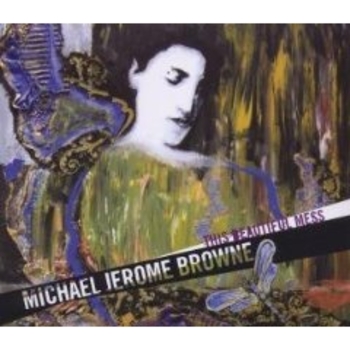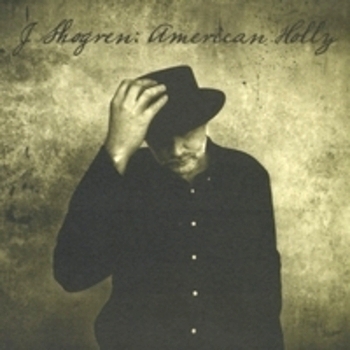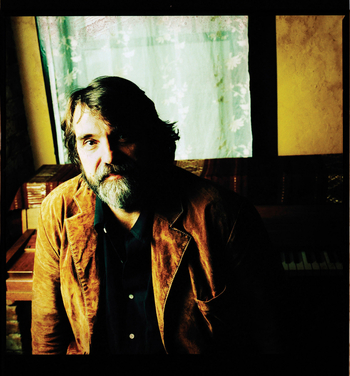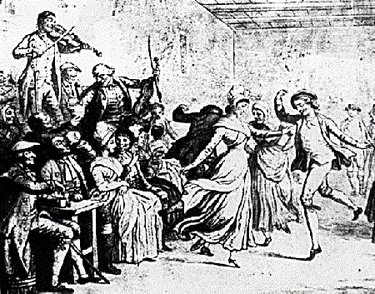
[purchase]
I found this to be one of the most difficult album reviews to write. As I listened to This Beautiful Mess, I kept thinking of how the songs might sound performed by other people in a variety of styles. This seemed to be getting in the way of my ability to evaluate the album on its own merits.
When I learned more about Michael Jerome Browne, it didn’t help. The man has recorded an album of (mostly) acoustic blues, and another of string band music, be it a Cajun, country, or folk string band. The man is a musical chameleon.
So This Beautiful Mess contains soul-blues, country, folk, and R&B flavors. It sounds like it ought to be quite a mess. But it really isn’t. My brain kept telling me that this shouldn’t work, but my ears were telling me that it did.
I kept coming back to the thought that these songs should be huge for somebody else. And I finally realized that this was because they were really good songs. The album opens with Low Tide, which has a great groove that would lend itself to an R&B arrangement, or to a southern rock treatment. Here it feels like the best that soul-blues has to offer. That is followed by Your Eyes Tell Me Goodbye. This song is a hit in search of an artist. A classic waltz-time breakup song, it would lend itself equally to a country or soul treatment, and Browne’s arrangement has suggestions of both.
One song that does not cry out for a cover is Summer Shoes On. For this song, the band drops out and Browne plays an acoustic blues on resonator guitar. The lyrics tell of young Cree who is captured while drunk by the police, and later found dead under suspicious circumstances. In the CD booklet, the song is dedicated to Neil Stonechild, who was one of too many young Cree who died this way. This song, with its spare arrangement, does not need to be covered or changed in any way. It only needs enough people to hear it that something will be done.
The title track, This Beautiful Mess, has a great bluesy groove. I find it hard to sit still while listening to it. Once again, the best way I can think of to describe the sound is to say that I would love to hear Bonnie Raitt tackle this one.
A couple of key elements hold all of this together. One is Michael Jerome Browne’s voice. The term that comes to mind is “blue-eyed soul”. It is a full voice, with the slightest scratch in places. Browne never oversings, but his commitment to his material is obvious.
The other unifying element is the approach to the lyrics. On the original songs on the album, these are by Browne’s partner, Bee Markus. The lyrics are simple, not simplistic. They say exactly what they need to say, with no padding. The album also includes four covers, whose lyrics all share this quality.
There are a couple of misses on the album. We All Need Some Love is more of a jam than a song, with lyrics added almost as an afterthought; this is the kind of song that bar bands play late in their show, with each member taking a brief solo as the frontman introduces them to the crowd. I have always felt that this kind of song should never be put on a recording for sale. And When She Goes Out In This World is a song written by a parent to a child. It is the only time the album becomes overly sentimental.
That still leave a solid set of songs, by a man who can mix and match musical styles, and make it all work. And it leaves a treasure trove for producers looking for a hit song.
Michael Jerome Browne: Your Eyes Tell Me Goodbye
Michael Jerome Browne: This Beautiful Mess











